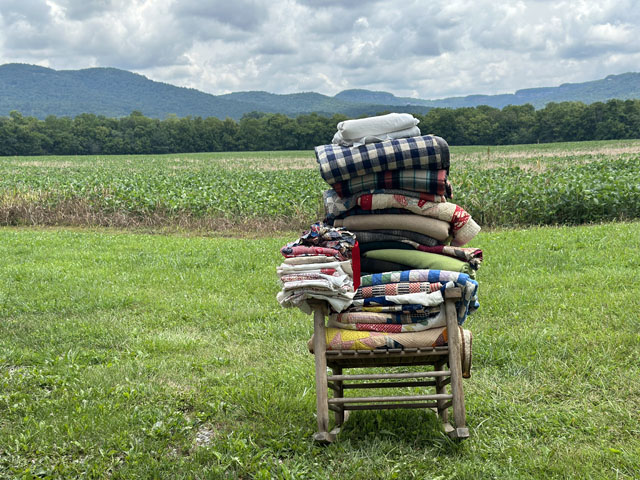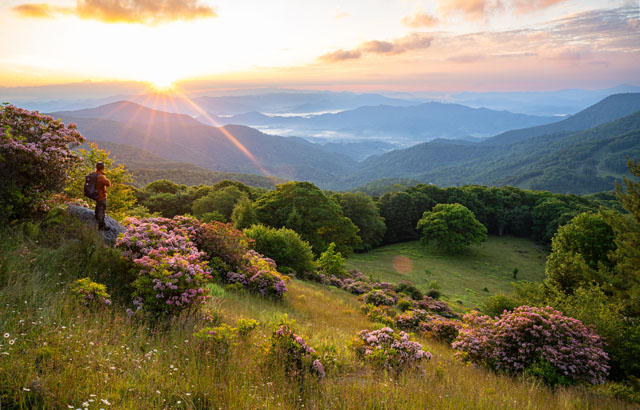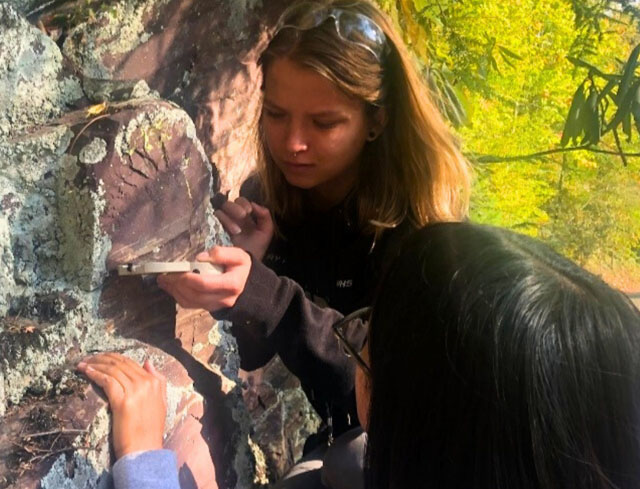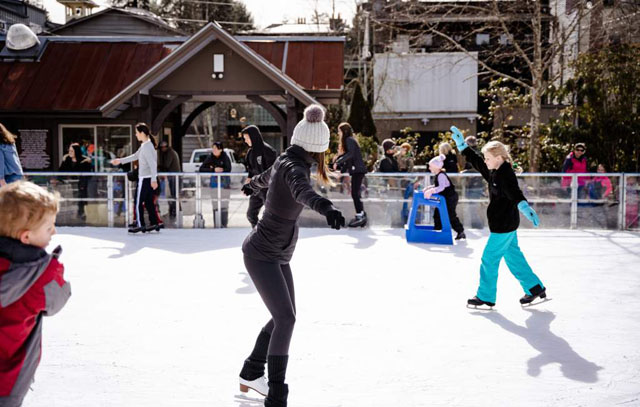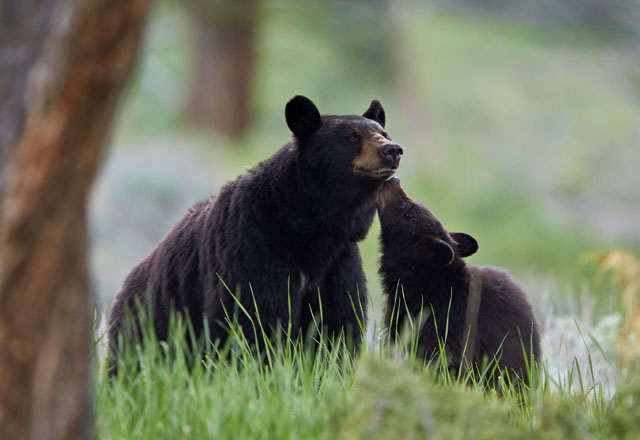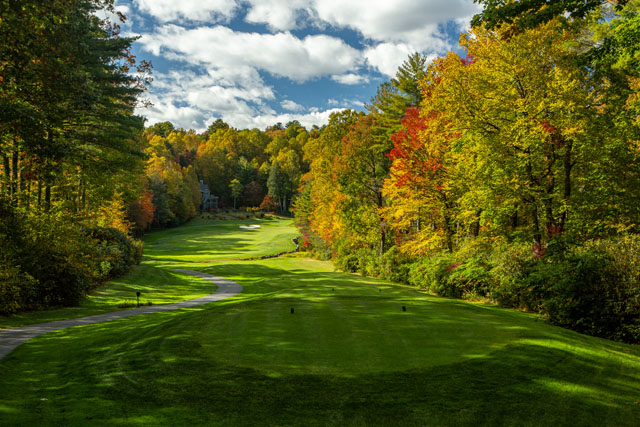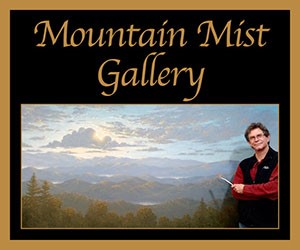A Passion for the Place
03 Apr 2025
The Highlands Biological Station has a legacy of informing stewardship
April-May 2025
Written By: Kat Ford
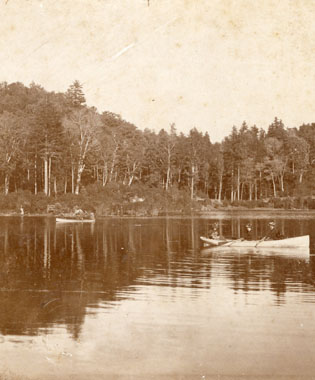

On April 22, 1970, 20 million Americans gathered to express environmental concerns relevant to their communities during the first Earth Day. Earthday.org notes that the event “achieved a rare political alignment, enlisting support from Republicans and Democrats, rich and poor, urban dwellers and farmers, business and labor leaders.” It birthed the U.S. Environmental Protection Agency, the Clean Air Act and the Clean Water Act.
Four decades earlier, Clark Foreman, future assistant secretary of the interior during the Roosevelt Administration, and a group of like-minded residents founded a museum in Highlands to preserve the area’s naturalist spirit. The Highlands Plateau is one of the most biologically diverse regions in the temperate world with nearly 10,000 known species. By 1930, at the urging of 15 scientists representing national universities and museums, the scope of the Highlands Museum Association broadened to include biological research, changing its name to the Highlands Museum and Biological Laboratory, Inc.
William C. Coker, a botany professor at the University of North Carolina (UNC) at Chapel Hill and Edwin E. Reinke, a zoology professor at Vanderbilt University, were the first to base their work out of Highlands. In 1976, the Museum and Biological Laboratory transitioned to the modern Highlands Biological Station (HBS) when it became part of the UNC system, administered by Western Carolina University (WCU). In 2018, HBS became a multi-campus center of WCU.
Today, HBS is a 22-acre campus with labs, classrooms, a Nature Center and a native-plant Botanical Garden. Nearly 1.5 miles of trails wind through an old-growth forest featuring treated and protected 400-year-old hemlocks and a bog with cranberries, carnivorous pitcher plants and other rare bog species. With residences that can sleep up to 52, students and scientists flock to HBS from across the country and internationally within diverse fields of biology, resulting in a legacy of scientific papers, graduate theses, dissertations and reports. “We have all sorts of -ologists that come here to teach, to learn and to conduct research,” says HBS Associate Director Jason Love.
The archives of HBS include observational data on birds going as far back as the 1880s; some HBS floral specimens date from before the Great Flood of 1916. “We can tell based on flora specimens in our herbarium when plants were blooming in the past and how that differs from what we are witnessing now,” Love informs. Species observation cards reveal when some birds, likely locally extinct in Highlands, were last seen. Soon, researchers will be able to reference this recently digitized century-old observational catalog through the North Carolina Biodiversity Project. Biomonitoring is increasingly paramount given a 2018 study published in the Proceedings of the National Academy of Sciences that found 60% of all mammals on the planet are livestock, 36% are humans and only 4% are wildlife.
The findings from HBS and similar organizations inform individuals, industries and government. The devastation invasive species can have on an ecosystem remains a biologist’s cautionary tale from pythons in Florida to zebra mussels in North America’s freshwater systems. This is why the National Park Service encourages outdoor enthusiasts to prevent biofouling by washing boats, cars and trailers before traveling to prevent seeds, plant fragments, aquatic or insect eggs and other living creatures from hitching a ride. Similarly, baggage, boots, clothing and gear should be wiped clean after each use. Never dump a bait bucket into a waterway; only use locally obtained firewood.
Jason Love and eight experts from various fields recently referenced years of research, including biomonitoring data conducted since the 1990s, to inform the Macon County Board of Commissioners when deciding whether to relax regulations in drinking water watersheds and floodplains. Scientists are still investigating the impact of Hurricane Helene on waterways, but HBS is hopeful that a study they plan to submit for publication on the long-term recovery of fish in Peeks Creek after a debris flow in 2004 will help to inform recovery efforts. These 20- and 30-year studies serve as a reminder that continuous scientific observation is necessary to make informed present-day decisions.
In 2024, HBS published a research paper on microplastics. Most work focuses on marine and coastal environments, but since rivers supply 70%-80% of the plastics that enter the world’s oceans, HBS determined to study microplastic concentrations in headwater basins of the southern Appalachians. “The deposition rates we’re finding are the same rate as in Paris, France, a very urban environment. It is raining plastic,” cautions Love. While the investigation of microplastics is still too early to pinpoint exactly what is creating the issue, the data from HBS reveals a majority of microscopic black and blue plastic fibers in their samples.
In 2025, a study published in Nature Portfolio revealed the bioaccumulation of microplastics in human brains. “There is no legal EPA limit on microplastics in our drinking water or in the air, so concerned citizens should call their legislators,” urges Love. Emerging research on microplastics may take years to sway new legislation. But the history of Earth Day reminds us that practice is a powerful free-will tool for people and industries. Some business decision-makers are leading the way and choosing to police themselves.
“A lot of the focus and funding is aimed at how to recycle microplastics; most countries won’t be able to afford that. Stopping plastic from entering the consumer cycle is the most effective solution,” says Love. Conscientious shoppers can consider a personal plastic audit. “Avoid single-use plastic,” Love encourages. Styrofoam or plastic utensils come to mind, but waste can be mitigated through purchases like dissolvable laundry detergent sheets in paper packaging. Avoid fast fashion, often made of synthetic materials, and buy well-made clothes that last multiple seasons.
Those who live and play on the Highlands Plateau can embrace its natural history and utilize the many resources available at HBS: Walk their trails, attend lectures, enroll your child in one of their camps or sign up for a class. This summer, HBS offers a dozen programs and workshops from March to September (highlandsbiological.org/about/workshops-and-courses).
Your backyard is a microecosystem; plant native and create habitats to sustain biodiversity. Interested property owners can contact local land trusts about conservation easements. “We need to have a passion for the place,” insists Melanie Mauldin, board member of the Highlands Biological Foundation, which supports in part HBS’s academic research and public programming. Mauldin uses her retail background to volunteer in the Nature Center’s gift shop, selecting items that reflect regional creatures and plant life, inspiring new generations. Utilizing a professional skill set as a volunteer is an effective way to help. If you are able, financial donations allow HBS to continue its mission (givecampus.com/campaigns/30837/donations/new). Jason Love estimates that with roughly $80,000 of donations designated toward microplastic research, he could run three additional atmospheric deposition collecting sites for a year, building a larger body of data demonstrating how prevalent microplastics are in National Parks and Wilderness areas, areas that are legally mandated to have excellent air quality.
Forty years before the first Earth Day, Highlanders came together to preserve this extremely special hot spot of biodiversity. Now, we navigate new conversations, including invasive species, the development of floodplains and microplastics. Like Earth Day 1970, our strength lies in alignment, the decision to listen, a parlance of stewardship and practices that acknowledge our interconnectedness.

